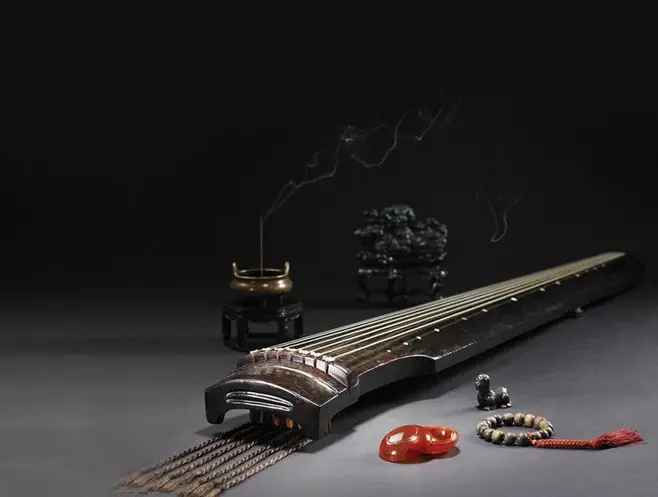Guangling San: An Analysis of Historical Legends and the Peak of Musical Art in Guqin Music
Guangling San, known as one of the top ten famous ancient Chinese pieces, is a masterpiece of the ancient qin that has been passed down for thousands of years. With its profound, passionate, and majestic artistic expression, it occupies a pivotal position in the history of Chinese and even world music. It is not only a Guqin piece, but also a work that carries rich historical and cultural connotations as well as symbols of personality and spirit.

The music structure of "Guangling San" is grand and complex, with melodies that fluctuate and fluctuate. It has both a generous and tragic atmosphere, as well as a delicate and graceful charm. The entire piece vividly showcases the proud and heroic demeanor of ancient heroes, as well as their indomitable spirit in the face of fate, through unique techniques of playing the guqin, such as rolling and brushing, Chuo Zhu, and Yin Nao. It is said that "Guangling San" tells the historical story of Nie Zheng's assassination of King Han during the Warring States period, which contains profound reflections on loyalty and bravery, justice and revenge.
This song has gone through vicissitudes and faced a crisis of loss, until it was reorganized and widely disseminated in modern times. In contemporary times, "Guanglingsan" is not only regarded by many guqin masters as a touchstone of skill, but also an important window for music researchers to explore the aesthetic ideas and humanistic spirit of ancient Chinese music.
Every sound of "Guangling San" is a retrospective and inheritance of traditional culture, as well as a awakening and tribute to historical memory. It guides listeners through time and space tunnels with its profound artistic appeal, to experience the passion and joys of that distant era, and to feel the profound cultural heritage and eternal charm of Chinese music.
 渝公网安备 50010702504639号
渝公网安备 50010702504639号